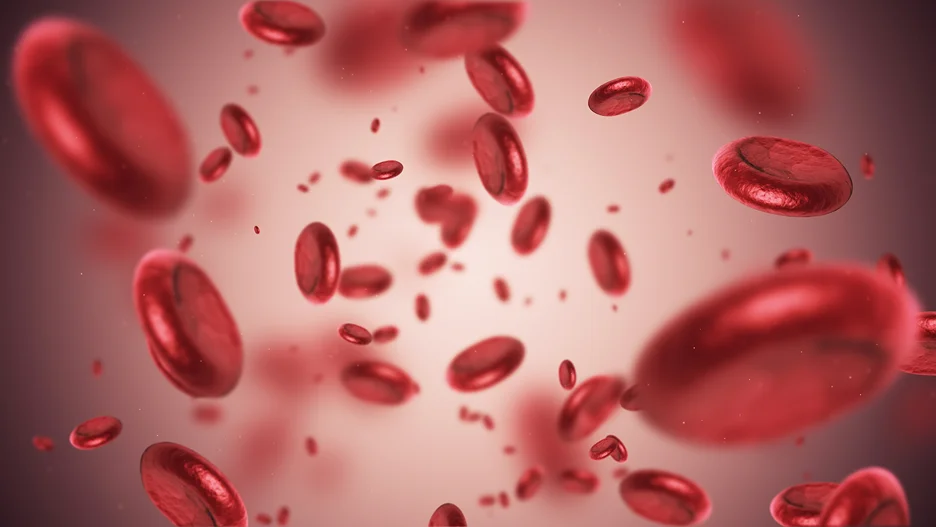Unraveling the Intricate Functions of Diamine Oxidase and Superoxide Dismutase in Human Health
As enzymes, DAO and SOD act as biochemical catalysts that speed up important reactions in our cells. Understanding their functions and how they work together is key to maintaining good health.
Did you know that DAO breaks down histamines that can cause an inflammatory response? This helps regulate immune function and protect against allergic reactions. On the other hand, SOD neutralizes free radicals known as superoxide anions, protecting our cells from oxidative damage.
Like two sides of the same coin, DAO and SOD maintain a delicate balance. When one is impaired, the other has to compensate, which can lead to health issues.
DAO Enzyme: The Histamine Regulator
DAO, or diamine oxidase, is an enzyme found in your small intestine, kidneys, and blood. Its main job is to break down histamines, especially the histamine released by mast cells in your gut and skin. By regulating histamine levels, DAO helps control inflammatory and immune responses.
What is Histamine Intolerance?
Some people have a condition called histamine intolerance, where their DAO levels are too low to properly metabolize the histamines in their diet and from mast cell activation. This can lead to symptoms like rashes, itching, digestive issues, and inflammation. The number of mast cells and the rate at which they release histamines also impacts how much DAO is needed.
DAO is especially important for processing the histamines found in foods like aged cheeses, wine, spinach, and dried fruits. When DAO can’t keep up, these histamines can build up in your digestive tract and bloodstream, causing distress.
To evaluate someone’s DAO activity and histamine tolerance, doctors can analyze DAO expression through Western blots or determine catalytic activity using a standard curve. Measuring histamine levels and the rate of histamine degradation provides insight into how well DAO is functioning.
Superoxide Dismutase (SOD)

Superoxide Dismutase or SOD is an enzyme that acts as an antioxidant, protecting your cells from damage by free radicals called superoxide anions. It converts the harmful superoxide anions into oxygen and hydrogen peroxide, which are less reactive molecules.
SOD works with other antioxidants like glutathione peroxidase and glutathione reductase to maintain a healthy balance of antioxidants in your cells. This helps ensure cell viability and prevents oxidative stress that can lead to cell degradation and disease.
SOD contains copper and zinc, which are essential for its enzymatic activity and antioxidant protection. Copper deficiency can impair SOD function, so adequate copper status is important for health. Other copper-containing enzymes like ceruloplasmin oxidase and cytochrome c oxidase also depend on copper, emphasizing how crucial this mineral is.
Indicators of copper and SOD status include:
- Copper deficient: Anemia, bone pain, poor wound healing. Low SOD activity.
- Copper adequate: Normal red blood cell count and enzyme activity. Optimal health and antioxidant defense.
- Copper marginal: Slightly low red blood cell count or enzyme activity. Increased oxidative stress risk.
Through these indicators, you can determine if your copper and SOD levels may be imbalanced. Supplements or diet changes could then help support better antioxidant protection.
Other Oxidase Enzymes and Their Functions
These oxidases, like DAO, catalyze oxidation-reduction reactions, usually involving oxygen or hydrogen peroxide. Some of the major oxidases include:
Xanthine oxidase – Converts hypoxanthine to xanthine and uric acid, producing reactive oxygen species. It’s involved in purine catabolism and can generate superoxide anions.
Acyl-CoA oxidases – Oxidize fatty acyl-CoA substrates to produce NADH or FADH2 coenzymes which carry electrons to the electron transport chain. They play a key role in beta-oxidation of fatty acids.
Cytokinin oxidase – Catalyzes degradation of cytokinins, plant hormones that promote cell division. It regulates development, apical dominance, and aging of leaves.
Glucose oxidase – Produces gluconolactone and hydrogen peroxide by oxidation of glucose. It’s used industrially to produce electronic materials or detect glucose levels, though in small amounts may cause skin irritation.
Vanillyl-alcohol oxidase – Involves oxidation of vanillyl alcohol to vanillin in the lignin biosynthetic pathway of plants. Vanillin gives lignin its characteristic odor.
D-Amino acid oxidase – Degrades D-amino acids in mammals. It helps maintain low levels of potentially neurotoxic D-amino acids by oxidative deamination. Deficiency can lead to D-lactic acidosis.
8-Amino-7-oxononanoate coenzyme A ligase – Catalyzes the formation of 8-amino-7-oxononanoate-CoA, an intermediate in the metabolism of cyclic nitrogenous compounds.
Conclusion
In conclusion, diamine oxidase (DAO) and superoxide dismutase (SOD) are crucial enzymes that maintain human health and homeostasis.
DAO regulates histamine levels to properly control immune responses and protect against inflammation. SOD neutralizes reactive oxygen species, preventing oxidative damage to cells.
Though we have gained valuable insights into how these enzymes function individually and together, further research is still needed. Understanding their roles in more detail, interactions with other systems, and impacts of deficiencies or imbalances will lead to improved health management and treatment approaches.
Shop Antioxidant Supplements
Supplements containing copper, zinc, coenzyme Q10 and NAC can help boost SOD activity and antioxidant defenses. SeeBeyond Shop has a curated collection of high-quality supplements to support enzyme health and optimal wellness.
